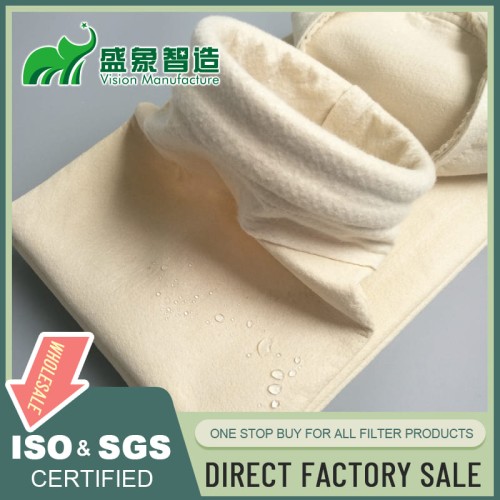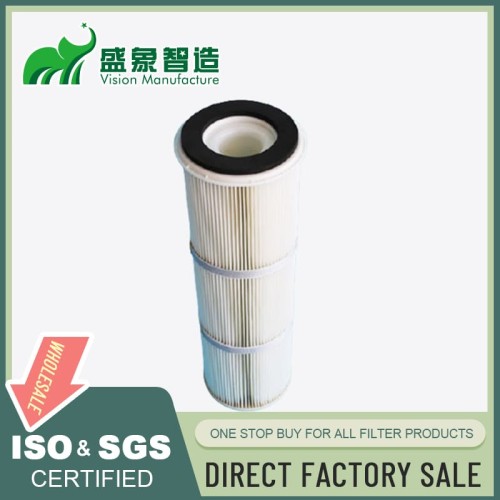
Characteristics of bag filter in boiler purification in China
Coal accounts for approximately 75% of China's total energy consumption. Boilers play a vital role in coal combustion, particularly small and medium-sized coal-fired heating boilers that are prevalent in northern China. In a large city in Northeast China in 2002, boilers below 4.2MW constituted 72.0% of the total number of boilers, while boilers above 7MW accounted for a small proportion of around 10,000 boilers. Many of these boilers were outdated, with long service lives and low efficiency, resulting in high coal consumption and significant soot production. To mitigate smoke and dust pollution and protect the environment, dust collectors are essential equipment for heating boilers.
Currently, small and medium-sized heating boilers in China typically employ ordinary cyclone dust collectors, multi-tube dust collectors, or wet dust collectors for dust removal. Ordinary cyclone dust collectors utilize centrifugal force to separate soot particles from flue gas. They are characterized by convenient operation and management, strong load adaptability, and high temperature resistance. While ordinary cyclone dust collectors are important for dust removal in heating boilers, they have gradually been phased out due to their capture efficiency being below 60% for dust particles smaller than 5μm and their inability to remove SO2 and NOx in flue gas.
Multi-tube dust collectors, also known as multi-tube cyclone dust collectors, consist of several cyclone dust collector units connected in parallel. They are generally dry in operation. By integrating desulfurization and dust removal technologies, the multi-tube dust collector can be transformed into a split two-stage dust removal system, combining dry cyclone dust removal in the first stage with dry or wet desulfurization in the second stage. This configuration achieves a dust removal efficiency of over 90%. While multi-tube dust collectors provide both dust removal and desulfurization functions, they exhibit relatively high resistance.
Wet dust collectors operate based on the principle of utilizing the inertia and hydrophilicity of dust to capture dust particles. When gas containing dust particles comes into contact with water, the dust particles adhere to water droplets or wet walls. The water droplets condense on the dust particles, increasing their mass, after which they fall or are carried along the water film on the humidifier wall into a sump. Wet dust collectors offer advantages such as desulfurization, dust removal, collection of small dust particles, simultaneous gas purification, and prevention of dust dispersion during operation. Common wet dust collectors used in heating boilers include granite water film dust collectors, venturi dust collectors, and impulse dust collectors.
However, wet dust collectors have certain drawbacks. They require treatment of dust-containing wastewater, which increases operation and management costs. Additionally, wastewater containing acids can corrode equipment and civil engineering foundations. Pulse jet dust collectors utilize compressed air in pressure filter bags as the cleaning energy source. When the pulse valve is activated, a pulse airflow is generated, shaking the accumulated material on the exterior of the filter bag into the dust hopper. It is essential to ensure sufficient pressure and flow for effective dust removal. Insufficient cleaning force may result in material not being dislodged, leading to localized dust accumulation, increased equipment resistance, and uneven loading of the filter material, thereby reducing the filter bag's lifespan.
Conversely, excessive cleaning force can dislodge fine particles embedded in the surface of the filter bag material, causing secondary dust. Moreover, excessive oscillation force can lead to filter bag breakage due to friction with the filter cage. Therefore, regardless of the use of high, medium, or low-pressure compressed air sources, the cleaning power and flow rate of the equipment should be configured appropriately based on the process, soot characteristics, and filter material properties.


